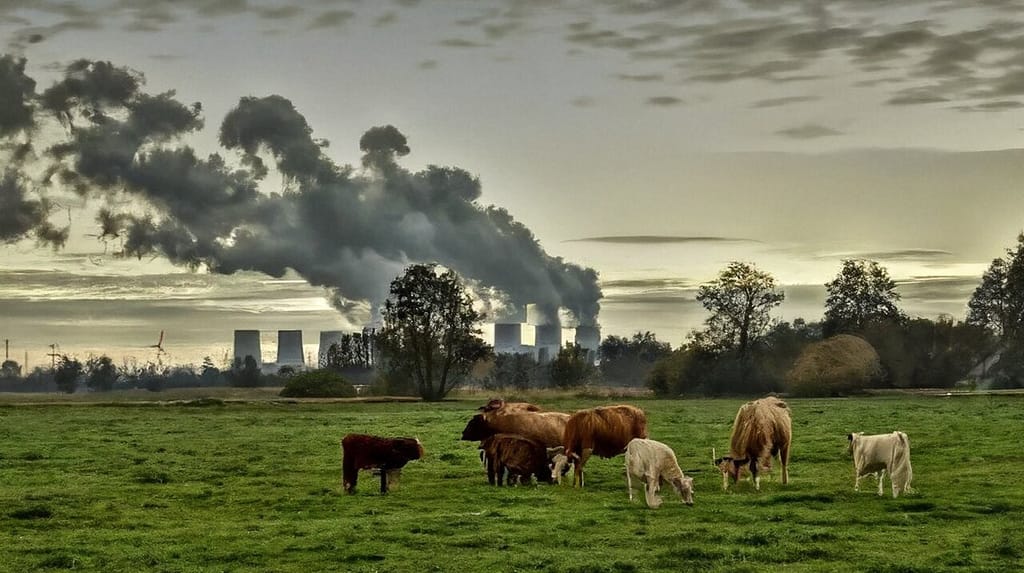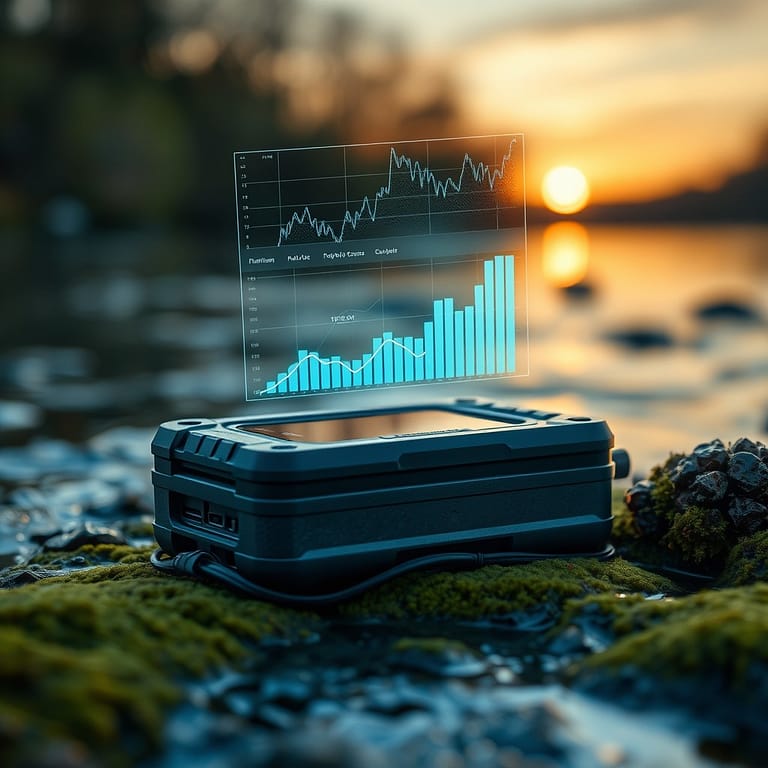Tracking and reporting Scope 3 data is more important now than ever – the year 2024, in particular, brought a significant shift in European regulations, with the introduction of the Corporate Sustainability Reporting Directive (CSRD).
This legislation, similar to financial reporting for large corporations, mandates the transparent reporting of energy use and carbon footprint. To comply with CSRD, organizations must meticulously track and report their Scope 3 emissions, encompassing the indirect emissions occurring throughout their value chain.
Here at Datanet IoT, we understand the challenges companies face in navigating the complexities of CSRD compliance. So we’re proud to introduce the Scope 3 Tracker – a revolutionary solution designed to streamline the process of collecting, analyzing, and reporting Scope 3 data.
Keep reading the article to be fully updated!
Understanding Scope 3 Emissions
Before diving into the tracking and reporting scope 3 data subject, we need to understand exactly what Scope 3 emissions are. While Scope 1 emissions originate directly from a company’s operations (e.g., fuel combustion in factories) and Scope 2 emissions stem from purchased energy (e.g., electricity used in offices), Scope 3 emissions represent a broader spectrum of indirect emissions generated across the entire value chain. This includes emissions associated with:

- Purchased goods and services: This encompasses the emissions produced by suppliers during the manufacturing and delivery of materials and products used by your company.
- Upstream and downstream transportation: Emissions from the transportation of goods throughout the supply chain, from raw materials to finished products delivered to customers.
- Use of sold products: The emissions generated by the use of your products by end-consumers.
- Employee commuting: Emissions associated with employees traveling to and from work.
There are 15 categories of Scope 3 emissions, as you can see below:
- Purchased goods and services;
- Capital goods;
- Fuel- and energy-related activities;
- Transportation and distribution (upstream);
- Transportation and distribution (downstream);
- Waste generated in operations;
- Business travel;
- Employee commuting;
- Leased assets (upstream);
- Leased assets (downstream);
- Processing of sold products;
- Use of sold products;
- End-of-life treatment of sold products;
- Franchises;
- Investments.
The importance of tracking and reporting Scope 3 data
For many organizations, Scope 3 emissions constitute the largest share of their total carbon footprint. In this sense, ignoring them can lead to a significantly skewed picture of a company’s environmental impact – and faced with the demands of the CSRD starting this year, big enterprises must adhere to a practical way to keep them under control at any cost.
Here’s why tracking and reporting Scope 3 data is crucial nowadays:
- CSRD compliance: The CSRD mandates the reporting of Scope 3 emissions, making the Scope 3 Tracker an essential tool for ensuring compliance.
- Enhanced transparency: Tracking Scope 3 emissions provides valuable insights into your company’s overall environmental impact, fostering transparency and accountability to stakeholders.
- Sustainability goals: By understanding your Scope 3 footprint, you can set informed sustainability goals and identify areas for improvement.
- Competitive advantage: Demonstrating a commitment to sustainability through transparent reporting can enhance your brand image and attract environmentally conscious customers and investors.
Read as well: What is business data monitoring and why it matters
Introducing the Datanet Scope 3 Tracker

Are you ready to know everything about tracking and reporting Scope 3 Data? Then we introduce you to the Datanet Scope 3 Tracker: which empowers organizations to effortlessly collect, analyze, and report Scope 3 data. This innovative solution offers:
- Seamless integration: The tracker seamlessly integrates with existing logistics and data management systems, minimizing disruption to your operations.
- Complete Solution Providers: We offer end-to-end solutions tailored to your specific needs. From selecting the right sensors to implementation and integration with your existing infrastructure, we’ve got you covered.
- Scalable Solutions: Our environmental tracking devices are designed to grow with your business, allowing you to add more trackers and expand your tracking capabilities as needed.
- Data visualization: The tracker provides user-friendly dashboards and reports that visualize your Scope 3 data, enabling you to easily identify trends and areas for improvement.
As you were able to understand, when it comes to tracking and reporting the Scope 3 Data, the Datanet Scope 3 Tracker offers significant advantages for various stakeholders.
Top-down vs. Bottom-up approach to Scope 3 tracking
Effective ways to work on tracking and reporting Scope 3 Data requires two fundamental approaches: the Top-Down and Bottom-Up methods.
Top-down approach
Think of it as taking a big-picture view of all the emissions a company produces, without looking at each individual part. This is helpful when a company can’t easily control or measure each source of emissions. Imagine looking at a whole forest from above, not at each particular tree. The benefit of this method is its broad view of emissions; however, because we’re adding up data from many different sources, sometimes we have to make educated guesses, which can be less precise.
Bottom-up approach
This method is more like examining each tree in the forest. It means we measure emissions from each specific thing that produces them – like a product or a service – then add up all these pieces to see the whole picture. The advantage here is highly detailed and accurate information, like knowing exactly which tree in the forest is the tallest.

Embrace transparency and sustainability with Datanet IoT Solutions
In today’s environmentally conscious world, transparency and sustainability are no longer optional; they are essential for business success, and so is tracking and reporting Scope 3 Data. The Datanet Scope 3 Tracker empowers organizations to navigate the complexities of CSRD compliance and unlock a future of sustainable growth!
Check out the following example: you can plug our tracking device into a truck and be instantly ready to report the gas and CO2 consumption for every delivery into the factory or out to the client. Together, we can build a more sustainable future and leave your company out of problems with the law!
Contact Datanet today to learn more about how the Scope 3 Tracker can help your organization achieve its sustainability goals and thrive in an evolving regulatory landscape.






